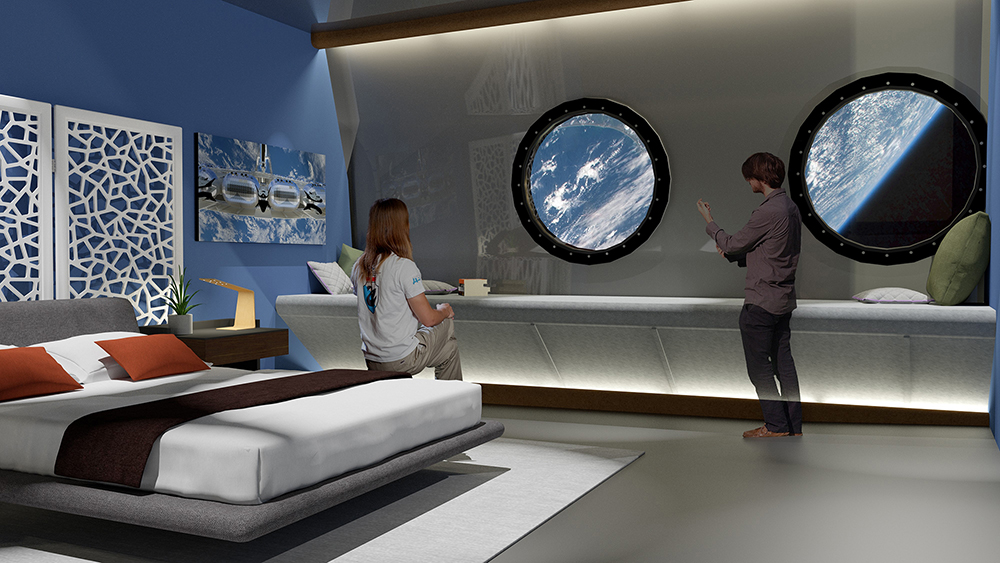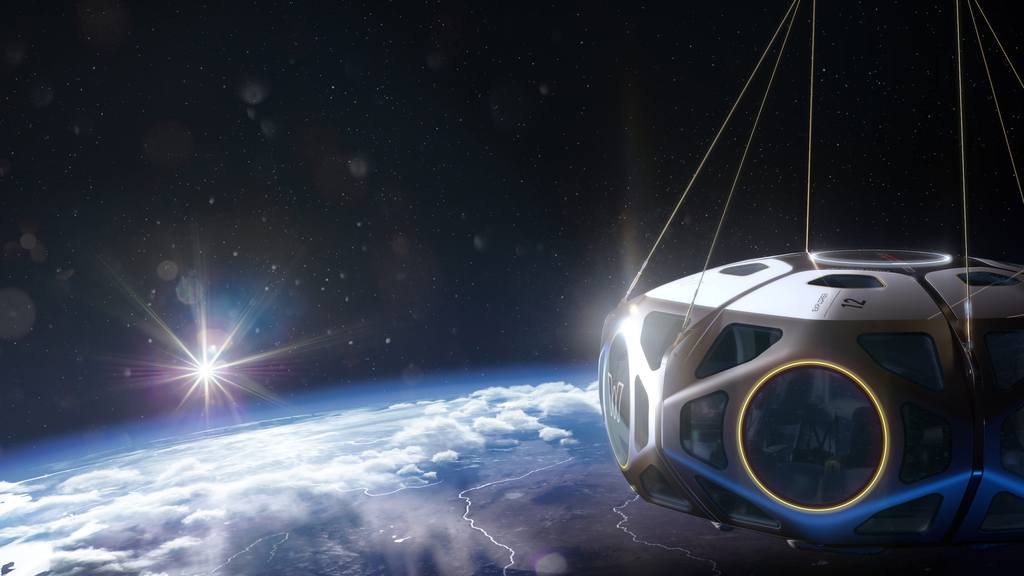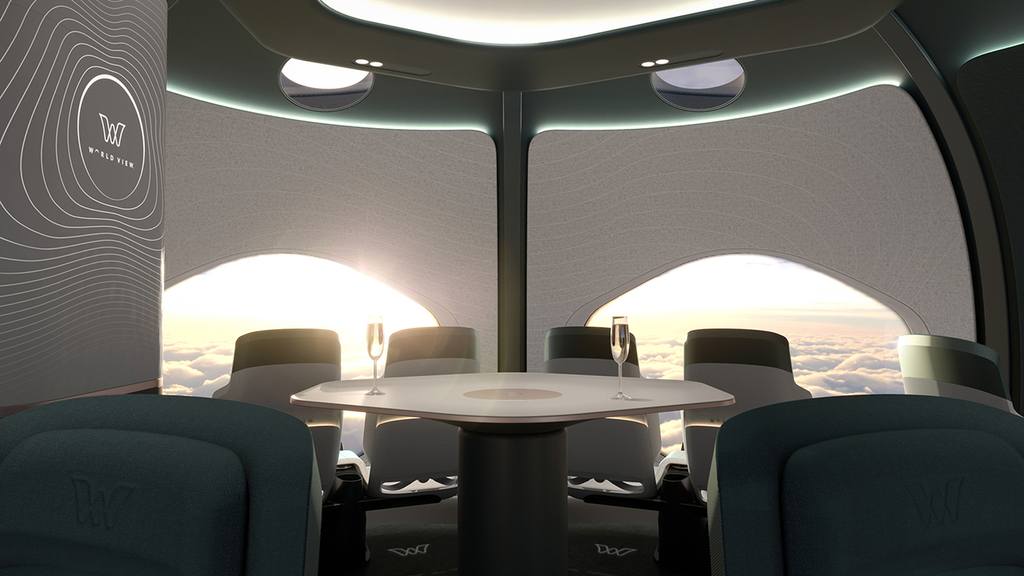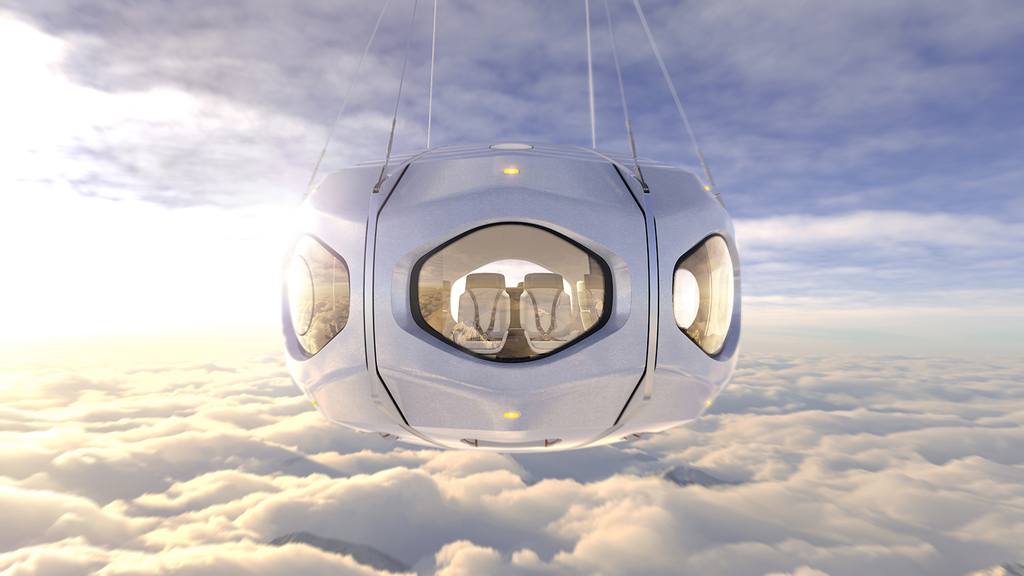When it comes to the next day of travelling the technology of today goes hand in hand with the dreams of tomorrow, turning the extraordinary into something feasible and real. We are less than twelve months away from boarding the first commercial flight to space and living a unique travel experience far from planet Earth.
The challenge of Space Tourism is indeed incredible, as is the interest of hopeful space tourists who now have more affordable options to consider in order to see for themselves that the Earth is not flat.
One of those options is World View Enterprises, an American start-up which has developed a hot-air balloon system, capable of transporting passengers to the stratosphere. The first commercial flights have been scheduled for the beginning of 2024.

Of course, those hot-air balloons will not actually travel to space, but they will climb to a height of about 30 km where the curvature of the Earth and the darkness of space are clearly visible to the passengers. During each 6-to-12-hour journey, passengers will be able to savour food and drinks and go online to share their travel experience with their loved ones back on Earth. They will be able to explore constellations with a telescope and take in the views of the Earth from individual screens, or simply relax and enjoy the view from their fully reclining seats.
The company’s competitive advantage is the number of zeroes that follow the price of these trips. You see, World View prices its flights at $50,000 per person, whereas its competitors offer a similar space tourism experience at prices three times higher. It is no surprise that due to high demand, the flights of 2024 have already been sold out, while the flights of 2025 are filling up fast.

Although the first hot-air balloons will launch from the Grand Canyon, the company aspires to include in its flights other amazing departure and exploration points: the Great Barrier Reef in Australia, the Serengeti National Park in Kenya, the Amazon River in Brazil, the Pyramids of Giza in Egypt, the Great Wall of China in Mongolia and Norway, where passengers will get to enjoy the Northern Lights– sites that World View calls the “Seven Wonders of the World, Stratospheric Edition.”

Space hospitality
Nothing like the concept of onboard travel, Orbital Assembly envisions a more familiar tourist experience. Instead of the confined space of a spaceship or, in this case, a luxury capsule, it wishes to offer customers the ability to wake up in a luxury hotel room with a view of our solar system. In the near future, the American company is planning to operate two space stations that will welcome tourists: capable of accommodating up to 400 people, the Voyager Station will open in 2027, while the Pioneer Station, which will be able to accommodate 28 people, has been scheduled to be fully functional in just two years. The goal of Orbital Assembly is to create a business park in space, with offices and hotel rooms, giving the opportunity to quite a few people to live and work there. In addition to the “comforts” of artificial gravity – such as showering, the ability to eat and drink while seated and beds where you can sleep like on Earth – the Pioneer Station will also feature areas with less gravity just for the fun of it and for the sake of living the space experience. Tourists will have the opportunity to experience what it’s like to run, jump and do sports in 1/6 of the gravity we’re used to. The Voyager Station will feature luxury suites of up to 500m2, available for weekly or monthly rentals, with the possibility of being sold as holiday homes in the long run. Tourists will have to go through special training before boarding any Space X rocket to the Voyager Station.

The “package” for three and a half days in space is expected to cost $5 million and promises to offer a unique experience. The amount may seem extremely high, but it’s much more affordable than Axiom Space’s astronomical $55 million for eight days on the International Space Station.





